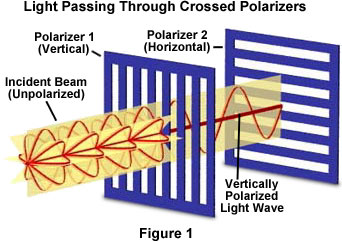Cosmologists say that they have uncovered hints of an intriguing twisting in the way that ancient light moves across the Universe, which could offer clues about the nature of dark energy — the mysterious force that seems to be pushing the cosmos to expand ever-faster.
They suggest that the twisting of light, which they identified in data on the cosmic microwave background (CMB) collected by the Planck space telescope, and the acceleration of the Universe could be produced by a cosmic ‘quintessence’, an exotic substance that pervades the cosmos. Such a discovery would require a major revision of current theories, and physicists warn that the evidence is tentative — it does not meet the ‘5 sigma’ threshold used to determine whether a signal is a discovery. But it underscores the fact that modern cosmology still has an incomplete picture of the Universe’s contents.
If dark energy is a quintessence, its push on the expansion could slowly wither or disappear, or could even reverse to become an attractive force, causing the Universe to collapse into a ‘big crunch’, says Sean Carroll, a theoretical physicist at the California Institute of Technology in Pasadena. “We’re back to a situation where we have zero idea about how the Universe is going to end.” The work was reported on
23 November in Physical Review Letters.
The first direct evidence that an unknown force was pushing cosmic expansion to accelerate emerged in 1998, from
two separate surveys of supernovae. A host of other studies have since confirmed the presence of this force, dubbed dark energy, but have provided precious little information about its nature.
Researchers’ first guess — which remains the leading theory — was that dark energy is an intrinsic property of space, which would mean that the amount of dark energy per unit volume of space is fixed as a ‘cosmological constant’. But some cosmologists theorized that dark energy is made of something else entirely. They call this a quintessence field, after the fifth element, or aether — the name that ancient Greek philosophers gave to an invisible material thought to fill all the empty space in the Universe.
I do not understand this at all, in fact I have never understood what polarization of light really means in a physical sense. I find it a little interesting how the world of science is coming round full circle back to aether.





